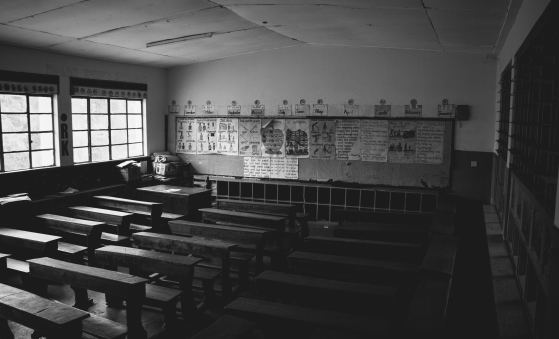
India confronts a fresh wave of COVID-19 infections as cases climb across multiple states, with health authorities recording 1,010 active cases nationwide and 305 new cases since May 19, 2025. The surge has claimed six lives and sparked renewed vigilance among medical experts monitoring emerging variants.
Kerala leads the country with 430 active cases, marking an increase of 105 cases since May 19. Maharashtra follows with 210 active cases, showing a rise of 56 cases over the same period, while Delhi reports 104 active cases with 24 new infections. Gujarat has recorded 83 active cases with 14 new cases, and Tamil Nadu shows 69 active cases with 60 new infections since the previous week.
Maharashtra has emerged as a critical hotspot, recording three COVID-related deaths with details still awaited, according to official data. Kerala has reported two fatalities, while Karnataka recorded one death. Health authorities in these states continue investigating the circumstances surrounding these deaths.
Karnataka documented 47 active cases, representing an increase of 34 cases since May 19, with 27 new infections contributing to the state’s rising caseload. The state conducted 395 tests on May 28, achieving a Test Positivity Rate of 10.12 percent, up from 9.44 percent the previous day. Karnataka currently has two hospitalized patients and recorded one death with details pending.
Chandigarh recorded its first COVID-19 death of 2025 when a 40-year-old man from Firozabad, Uttar Pradesh, succumbed at the Government Medical College and Hospital in Sector 32. The patient was transferred from Ludhiana with severe respiratory complications and placed in isolation after testing positive. Hospital authorities confirmed the death but have not determined whether the JN.1 variant was responsible.
Odisha shows no active cases in the official count, though local health authorities reported recent detections in Khurda and Bhubaneswar. Dr. Nilakantha Mishra, Director of Public Health, confirmed cases were identified in both government and private facilities, indicating possible delays in official reporting systems.
Health authorities monitor two new COVID-19 variants: NB.1.8.1 and LF.7. The World Health Organization has classified these strains under surveillance, though officials emphasize no immediate cause for concern. A subvariant NB.1.8.1 was detected in a Tamil Nadu sample and sent to India’s genome sequencing consortium, INSACOG, for analysis.
However, surveillance efforts face significant limitations. Only five centres out of 64 have uploaded sequencing results since January, severely restricting India’s genome sequencing capacity. The National Institute of Virology and medical colleges from Rajasthan and Gujarat comprise the active contributors. INSACOG’s May 15 bulletin acknowledged this gap: “Since the testing and the sampling frequency is less for some parts of India, the overall scenario might not be clear yet.”
The WHO assessment shows NB.1.8.1 demonstrates enhanced ability to bind with ACE2 receptors, potentially increasing transmission rates. Limited global evidence from 518 samples across 22 countries indicates no increased severity compared to previously circulating strains. The dominant strain JN.1, classified as a Variant of Interest, shows growth advantages over previous Omicron variants while maintaining similar neutralization capacity against existing antibodies.
Despite rising numbers, health authorities maintain that clinical severity remains relatively low. Most patients experience mild symptoms including fever, fatigue, and sore throat, though JN.1 may cause more severe muscle fatigue and exhaustion. The strain can also trigger nasal congestion, persistent dry cough, headache, loss of taste and smell, conjunctivitis, diarrhoea, and vomiting.
Medical experts warn about Long COVID risks despite mild initial symptoms. WHO’s technical lead Maria Van Kerkhove expressed concern about potential cardiac, pulmonary, and neurological impairments that may emerge years later.
“The virus is endemic now and requires a managed, rational response,” stated a senior epidemiologist with the Brihanmumbai Municipal Corporation. Health experts emphasize protecting vulnerable populations, particularly elderly individuals and those with compromised immune systems, while encouraging responsible behaviour and continued surveillance as the virus evolves across the country.




